

No results found.
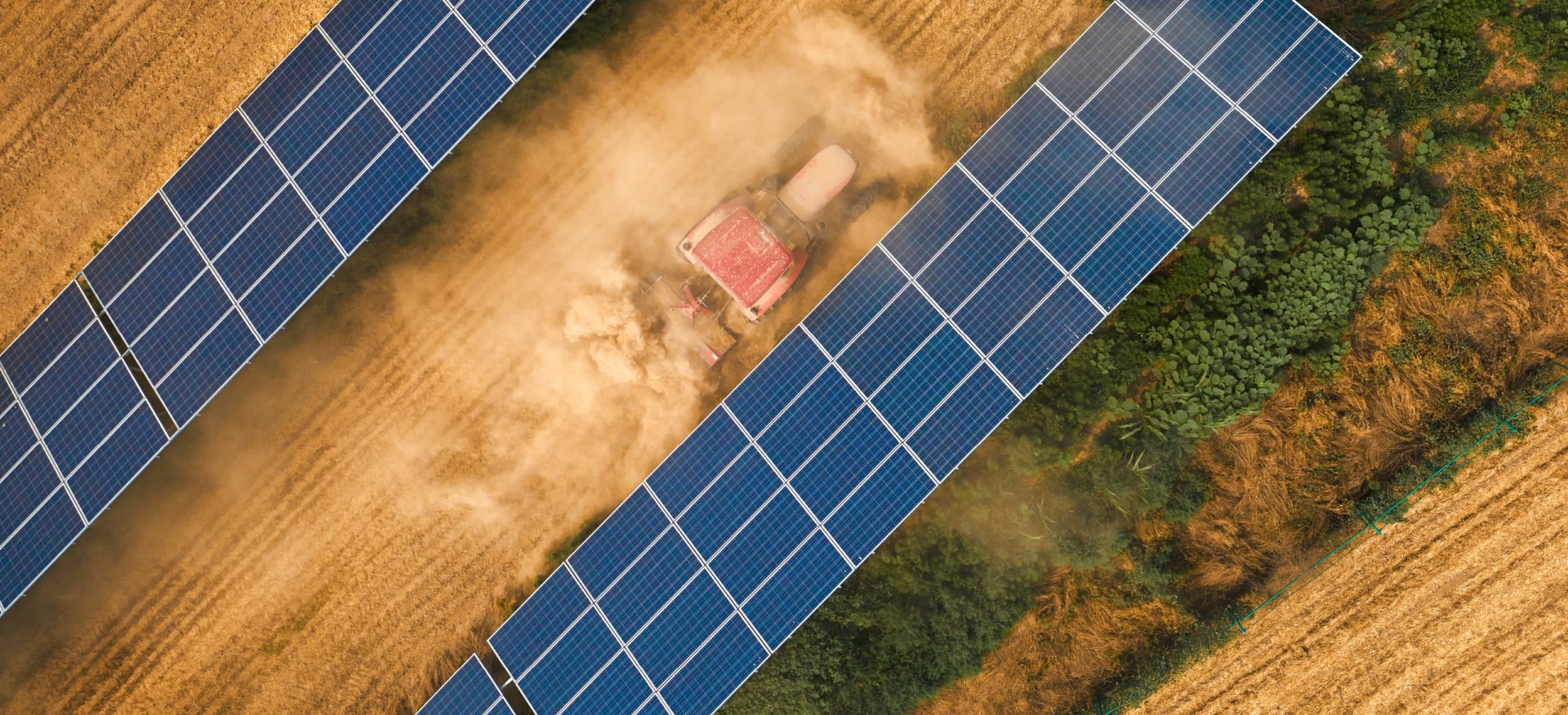
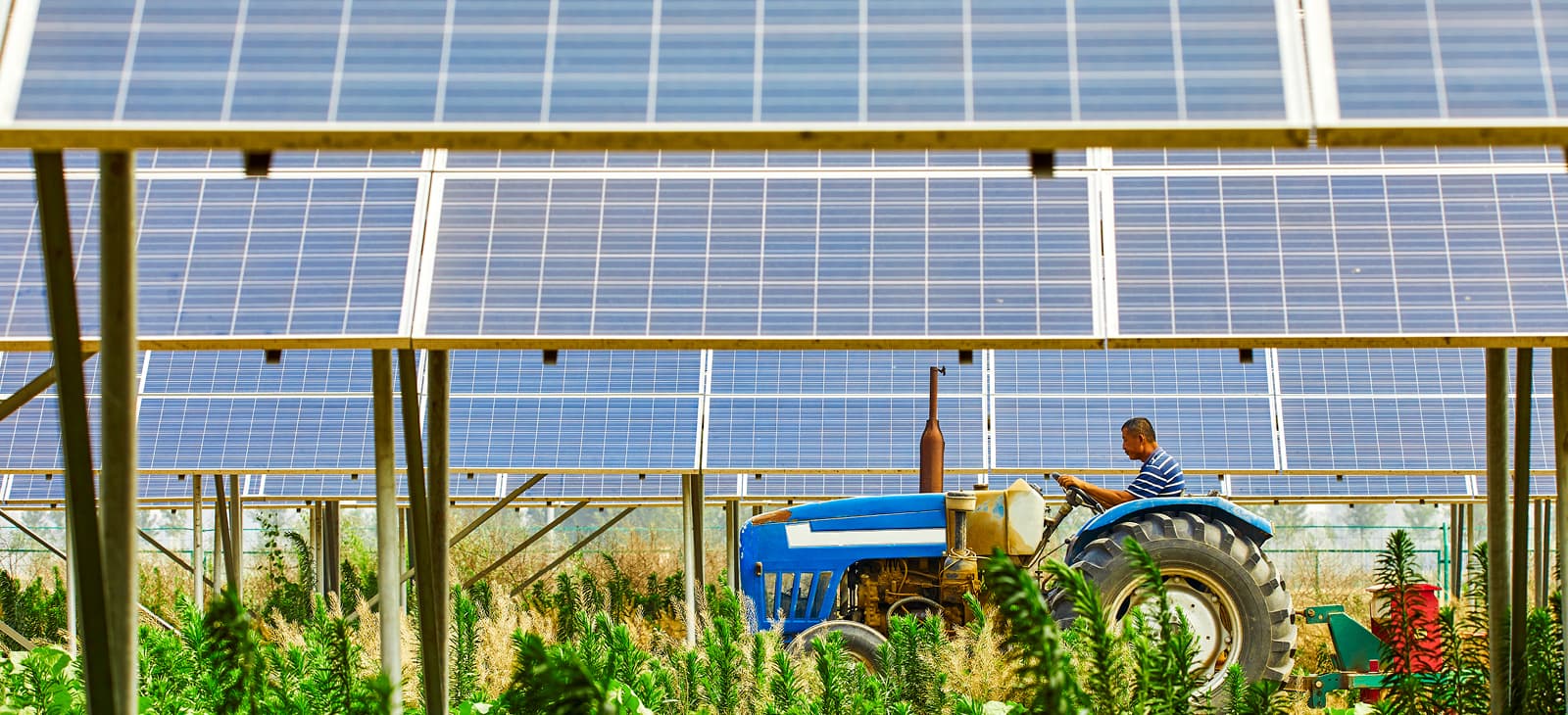

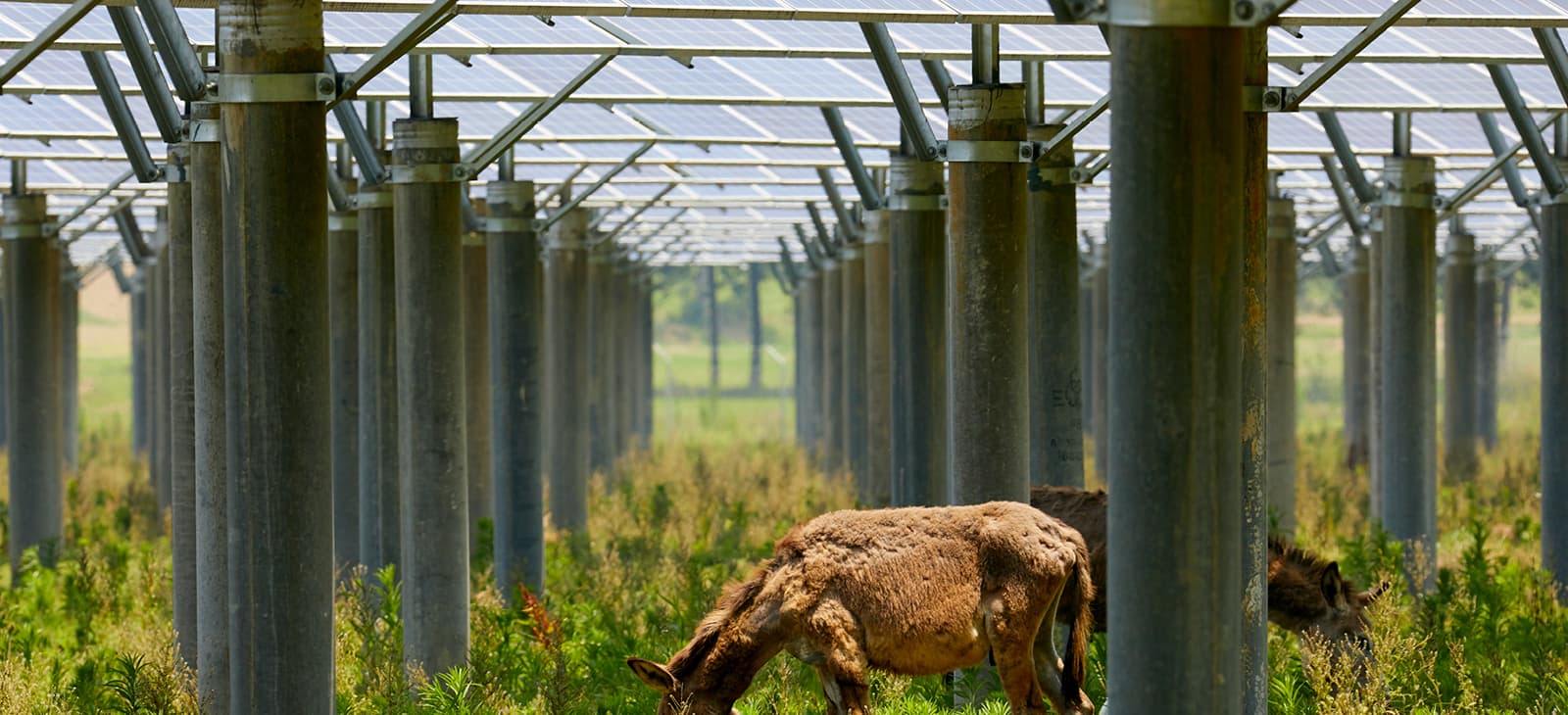

Extreme weather conditions will increase with climate change. To protect fields and herds from drought, hail, frost, rain or sun, we rely on solar power. With Agri-PV, we help farmers, livestock and fish farmers to find a suitable self-supporting solution and turn their farm into a sustainable Farm 5.0.
Farm 1.0
Human & Animal
Farm 2.0
Machines
Farm 3.0
Precision agriculture
Farm 4.0
Digital agriculture
Farm 5.0
Agri-PV
Agri-PV combines solar systems with the effective protection of agricultural crops, animal herds, and breeding sites. The solar modules harvest valuable solar energy and convert it into electricity. At the same time, they roof the farmland and systems to protect against hail, rain, or sun. The PV modules can be installed close to the ground, on stilts, or in combination. Different solutions can be implemented depending on the crop or animal species and the necessary conditions. We support you from the development, engineering, and procurement to the realization of your project (EPC) and can also take over the operation and maintenance of your system (O&M).
Farm 5.0 describes sustainable agriculture. The aim is to preserve biodiversity, restore natural cycles and reduce CO2 emissions.
We imagine Farm 5.0 as a combination of sustainable concepts: Agricultural land and flower strips on alternation create species-appropriate conditions for plant and animal life. PV modules on agricultural land produce sustainable electricity for electric agricultural machinery and production buildings. In this way, the entire farm becomes CO2-neutral. It integrates into the landscape without causing additional damage. Because the PV modules are used as roofing, the need for irrigation and pesticides can be reduced. In addition, the yield of cultivated crops increases thanks to the more controllable conditions. Surplus renewable electricity can be sold to the village or city dwellers.
In modern agriculture, the focus is on digitalization or automation of agricultural processes. Farm 5.0 aims to create sustainable agriculture by combining PV modules and crops.
Agriculture, livestock, and fishing occupy large areas. Stable conditions are advantageous for agri- and aquacultures. Canopies are expensive, and machines and intelligent monitoring and control need electricity. If solar modules are used in the dual function, additional land can be used for the necessary expansion of renewable energy production. Farmers can convert their electricity consumption and improve the conditions for their plants and animals. At the same time, Agri-PV defuses the land use conflict and offers farmers additional sources of income.






No additional work in everyday life
Agri-PV can be used by farmers, animal and fish farmers on their land, but it is also an interesting investment opportunity.
In order for the solar plant to pay for itself quickly and for you to benefit from the additional source of income from electricity generation, you should use at least 5 hectares of agricultural land for Agri-PV. The more area you can use, the better! To maximise the benefits, it is also a good idea to join forces with neighbouring landowners.
In various parts of the world Agri-PV is already being tested with promising results. In Japan, the concept is used under the name of Solar Sharing, while in China it is known as PV+. Agri-PV is already common in both nations as well as in India. The concept is called agrivoltaics in the U.S.A. In Europe, France and Italy are the pioneers of agrivoltaïsme, but German suppliers are following suit and increasingly applying the idea of APV, agro-PV or bio-PV.

Higher yields of winter wheat, potatoes, and celeriac in Germany
The joint project „Agrophotovoltatik – Resource Efficient Land Useg” (APV-RESOLA), led by the Fraunhofer Institute for Solar Energy Systems ISE , equipped a 0.3-hectare field near Lake Constance with solar modules with a total output of 194 kilowatts. The Demeter farm community Heggelbach […] recorded […] higher yields for three of the four cultivated crops (winter wheat, potatoes, clover grass, celery) under the APV system than on the reference area without solar modules. Celery yield increased the most (+12 percent), while winter wheat showed a plus of 3 percent and clover grass a minus of 8 percent.
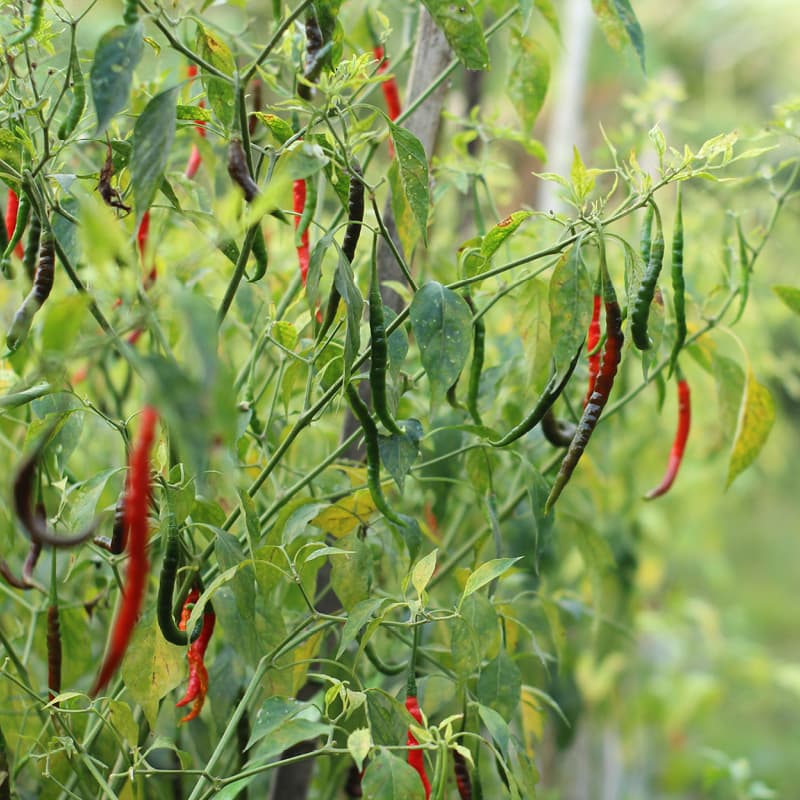
More efficient water use in Arizona
Scientists at the University of Arizona planted chili, cherry tomatoes and jalapeño in a test plot in the shade of solar panels. As a result, chili yields were three times higher and tomato yields were twice as high as in conventional fields. Another interesting aspect: the soils held water and moisture longer, and water consumption decreased.
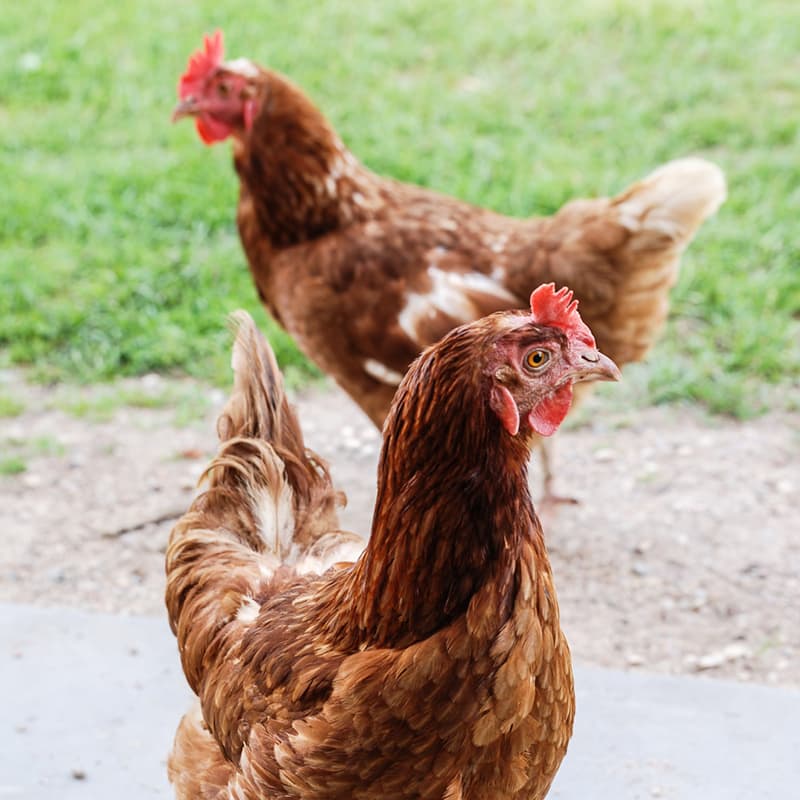
Protection for chickens and forage crops in China
As PV Magazine reported in 2017, the combination of chicken farming and photovoltaics can make land use more efficient. Free-range chickens require a lot of space. Organic eggs, therefore, come at a high cost. In China, solar panels not only create another use of land, but they also provide shade for chickens, ducks, and turkeys. In addition, they offer the possibility of installing protective nets to ward off birds of prey and other enemies. The idea has already been adopted by some livestock farmers in Germany as well. In Mainfranken or Brandenburg, the shade provided by the modules also allows the grass to grow better, which means the poultry can find more food.
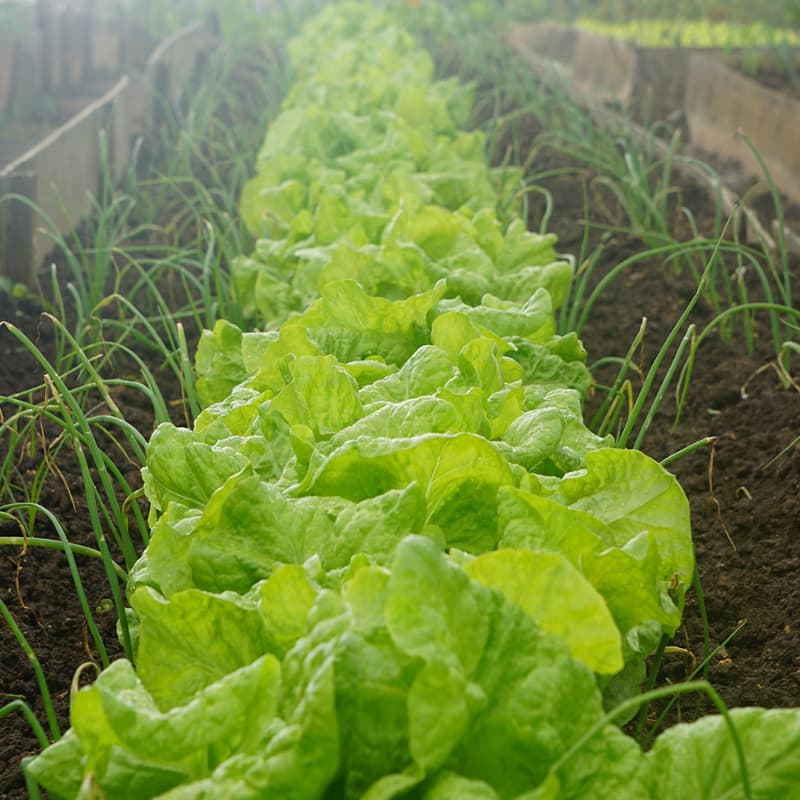
Salads in Germany
In cooperation with Fraunhofer ISE, Hochschule Weihenstephan-Triesdorf”>Weihenstephan-Triesdorf University of Applied Sciences also installed a small APV system in 2013 and investigated the production of salads. It became clear that lettuces thrive better under the shade of the modules.

Vegetable production in India
Indian researchers reported their research with Abellon Clean Energy in 2018. This involved installing a 3-MW solar array and growing vegetables underneath. To maintain the efficiency of the solar panels, they are regularly washed and cleaned of dust. The water used for washing was simultaneously used to irrigate the plants. With an agricultural production of 24 to 34 tons per hectare per year, 780,000 liters of water were thus reused. At the same time, 250 tons of CO2 were bound in the vegetables produced and reused, and 250 tons of CO2 was stored in vegetables produced as food.

Wine production in Piolenc
The Vaucluce Chamber of Agriculture in Piolenc set up an experimental area of 4.5 ha for vine cultivation and studied the use of solar panels. Vines protected under an agrivoltaic system showed significantly greater resistance to heat waves.
Their water requirements were reduced from 13 to 12 percent thanks to the drop in evaporation. Wine aroma also improved: +13% anthocyanins (red pigments) and between 9% and 14% more acidity were detected.
Plant growth arrest was reduced and leaf scorch was contained.

Wines from the Pyrenees
The agrivolatic estate was built in the western Pyrenees, on the Nidoléres Estate. The land has been in family use for eight generations and covers 32 hectares. The water consumption of the property has been reduced by 20 percent thanks to the solar panels. Once again, an improvement in wine quality was evident: +13% anthocyanins and between 9 and 14% acidity.
The plants survived the heat wave of 2019 much better, the growth stop was reduced, the leaf burn was contained.
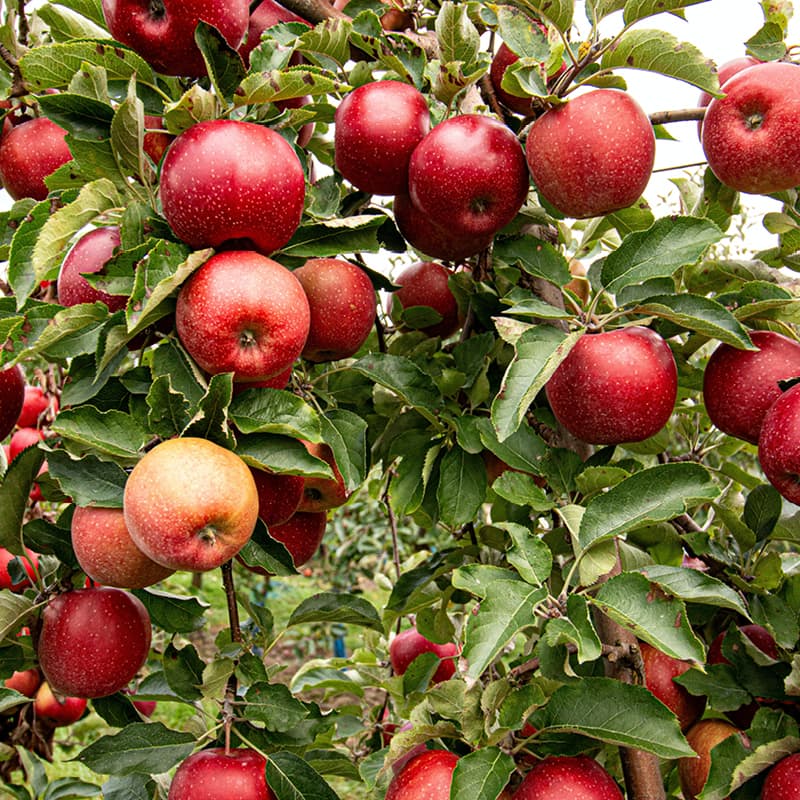
Apple production in Mallemort
La Pugère apple orchard in Mallemort in the Durance region, like many others, is struggling with climate change. 730 m3 of surface area was converted to Agri-PV here, 196 panels installed. Water stress on trees protected by the dynamic agrivoltaic system was 63 percent lower than on other trees in the control area. In addition, cooler temperatures and thus better growing conditions were observed, with variations of up to 4°C.
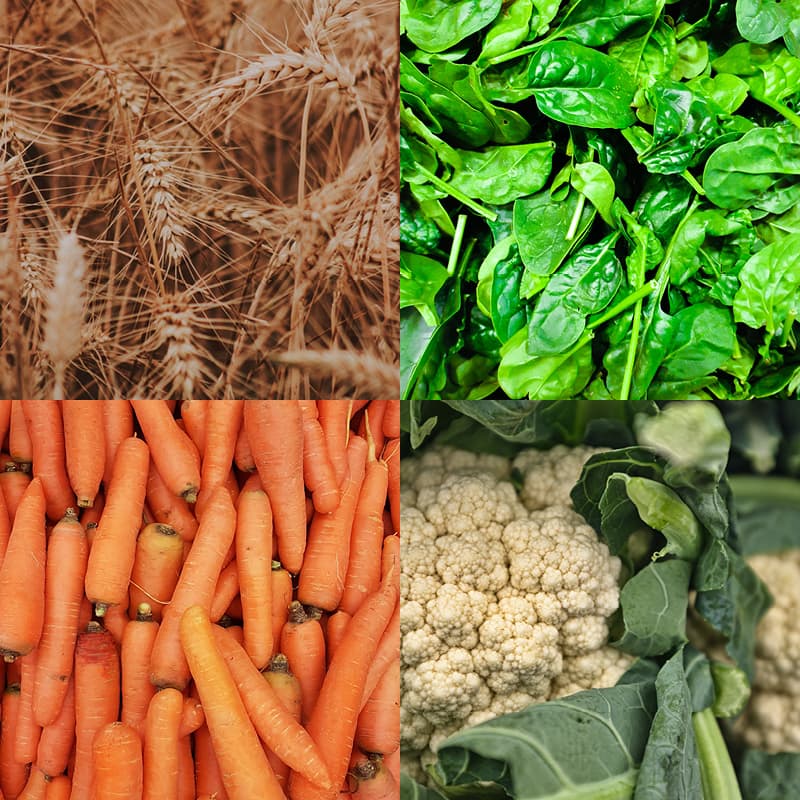
Photosynthesis research in Japan
Scientists from Kyoto University in Japan and CHO Institute of Technology have studied the factors influencing the integration of PV panels on various crops. The light saturation point of each crop turned out to be a key concept. In fact, only a small fraction of incident sunlight would be needed for plants to reach their maximum photosynthetic rate. […]. Too much sunlight actually reduces plant growth, the researchers noted. Daily exposure to harsh ultraviolet radiation can seriously damage plant DNA. As found in other plots, it was also confirmed that the shading function of PV modules lowers water evaporation and results in up to 29 percent water savings. In addition […] daily air temperature and vapor pressure deficits remain constant, even for the area under the panels. PV panels also mitigate soil erosion by reducing moisture evaporation.”
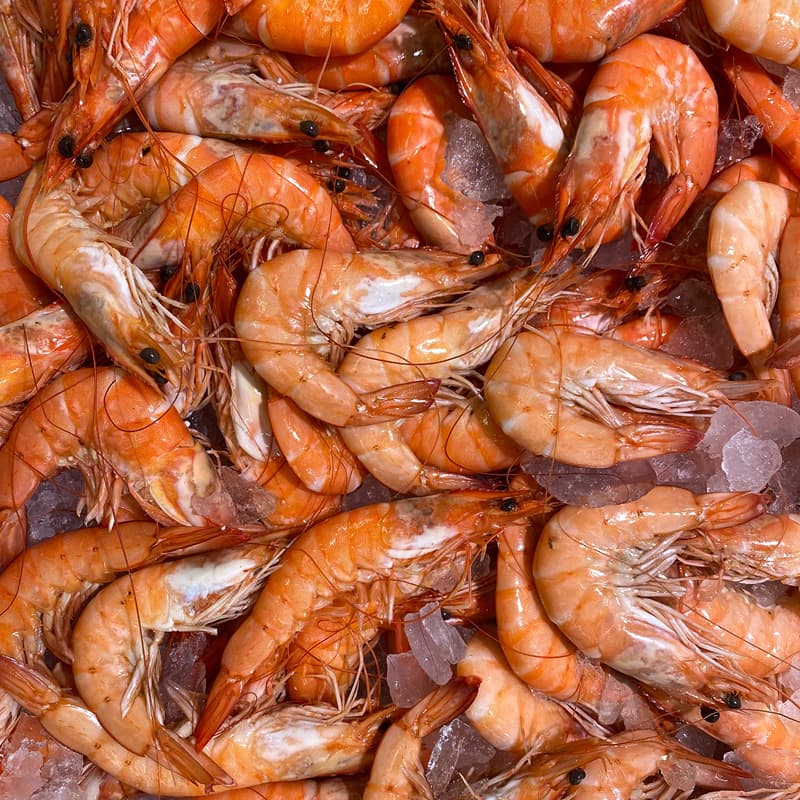
Shrimp farms in Vietnam
Fraunhofer ISE scientists from Freiburg are not only testing how Agri-PV can affect plants, they also investigated how farming conditions for pangasius and shrimp in Vietnam are changing. Solar modules are to be integrated into the roofing of the shrimp farm. These will not only generate electricity, but also provide shade for the employees, protection from predators and ensure a stable and lower water temperature.
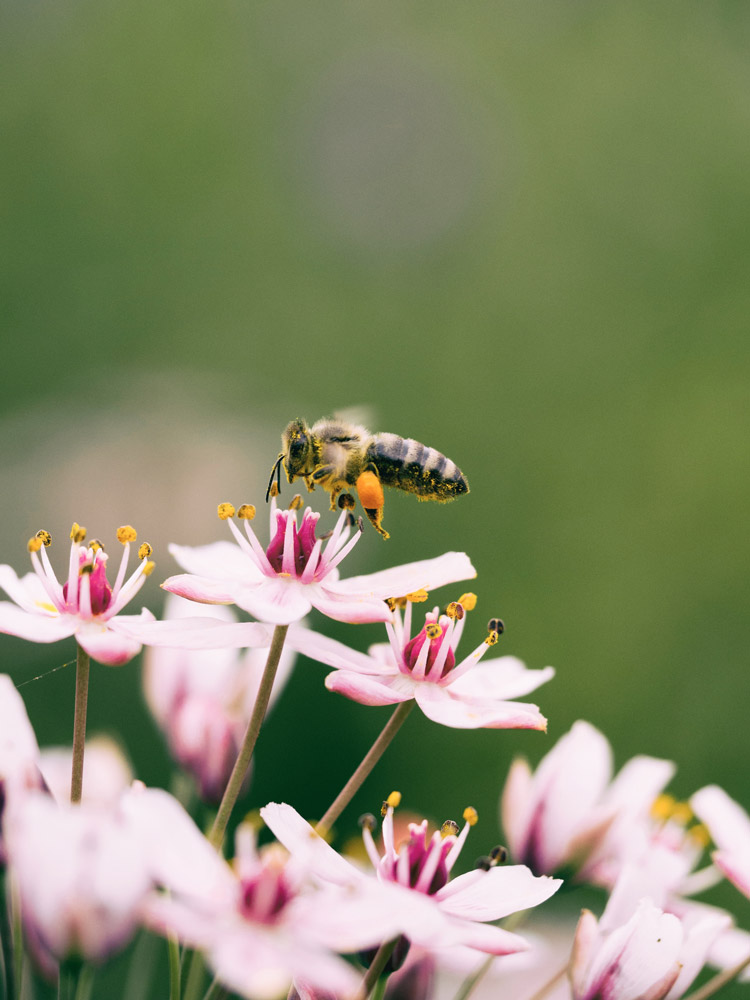
The Flower Power Option
In today’s agriculture, monocultures have been known to negatively impact wildlife. Bees are threatened with extinction as an affected species. Monocultures and their short flowering periods, along with pesticides and extreme weather conditions, have led to starving, disease-prone bees.
To solve this problem of bees as well as other pollinators, the “Flower-Power System” was developed. First, it consists of a combination of flower strips and fallows that provide food for pollinators and refuge for other field animals. Wind-breaking shrubs, the second part, also provide refuge and can help reduce erosion and, in combination with water harvesting, water loss. The solar panels pictured above not only provide canopy, but of course sustainable electricity.
The natural biotope created by the “Flower-Power System” reduces the need for pesticides and increases yield. In summary, the combination of technology and nature of this system makes a vital contribution to sustainable agriculture and the sustainable energy transition.

